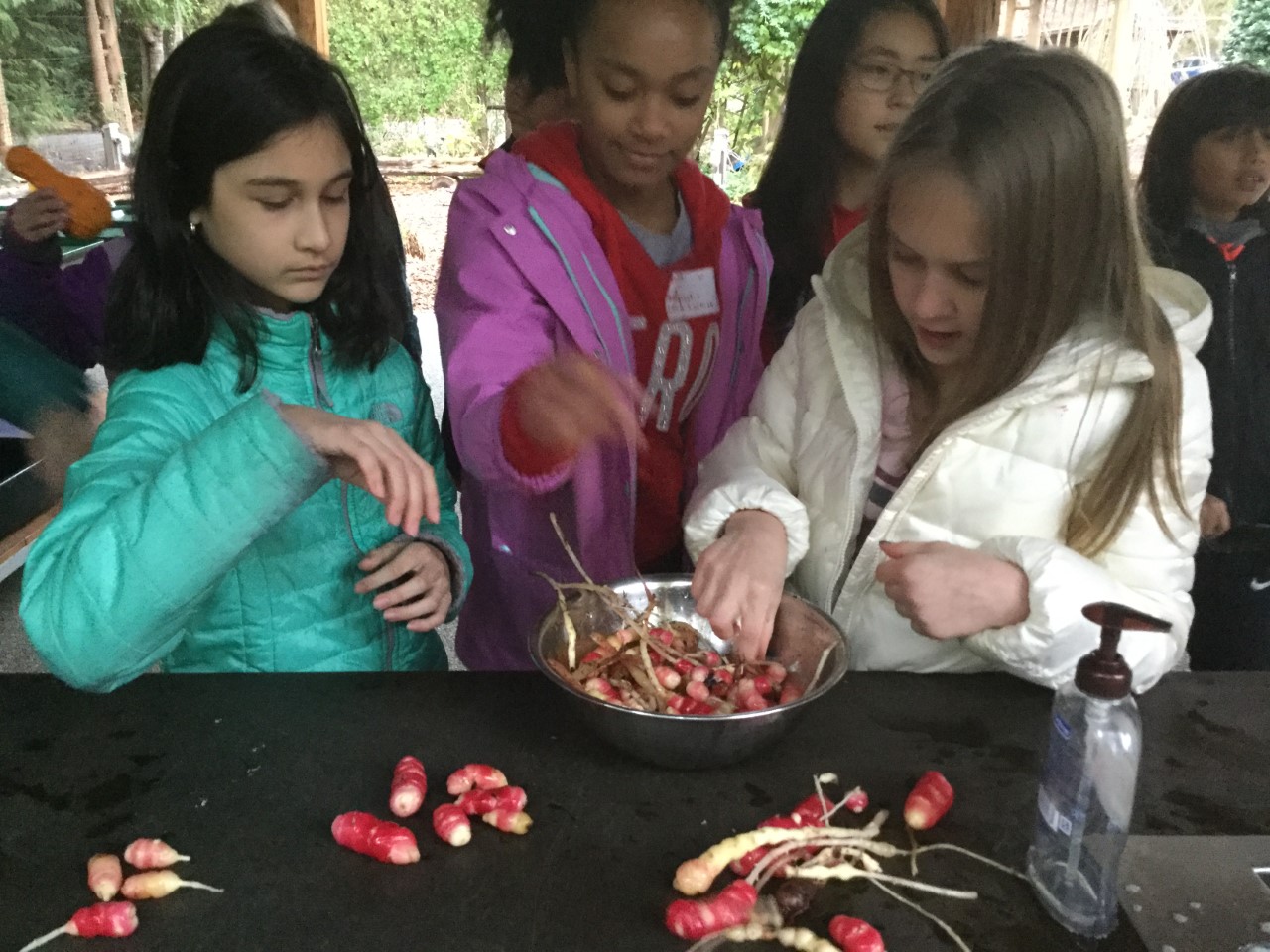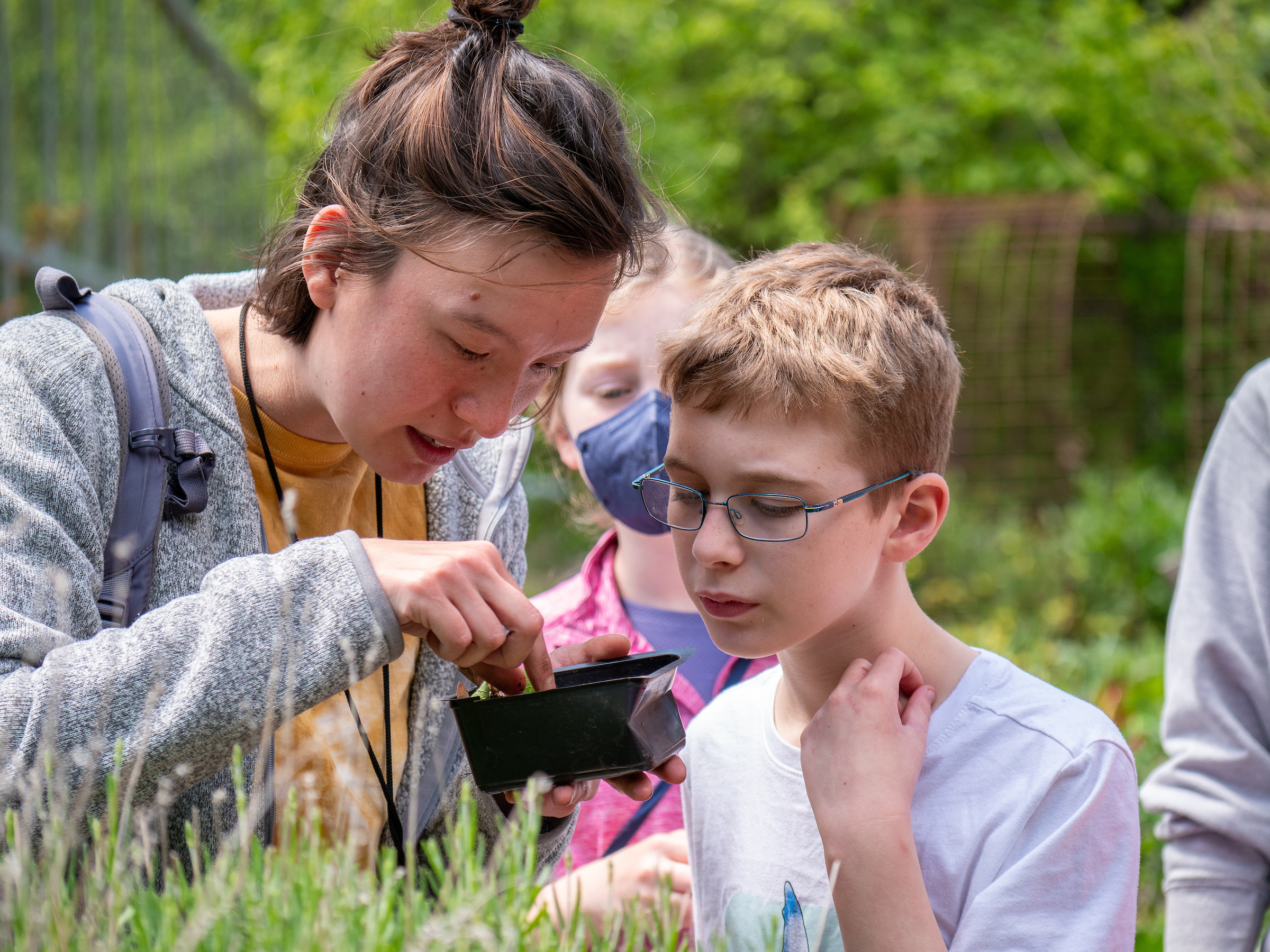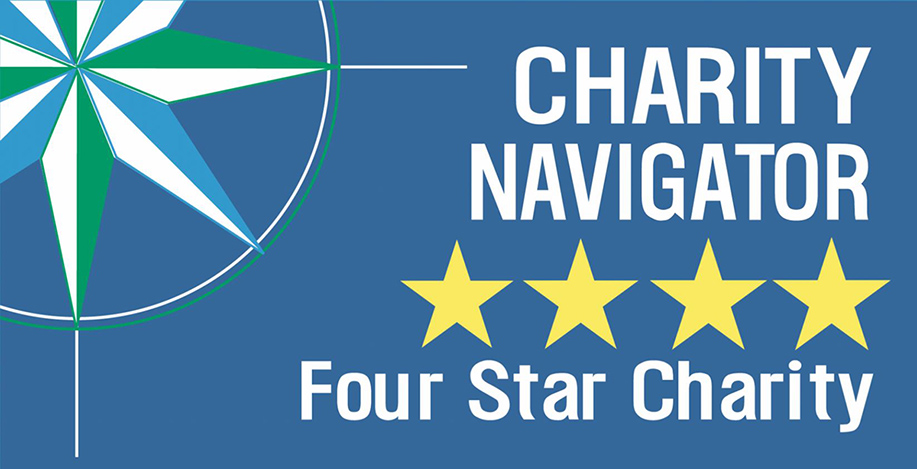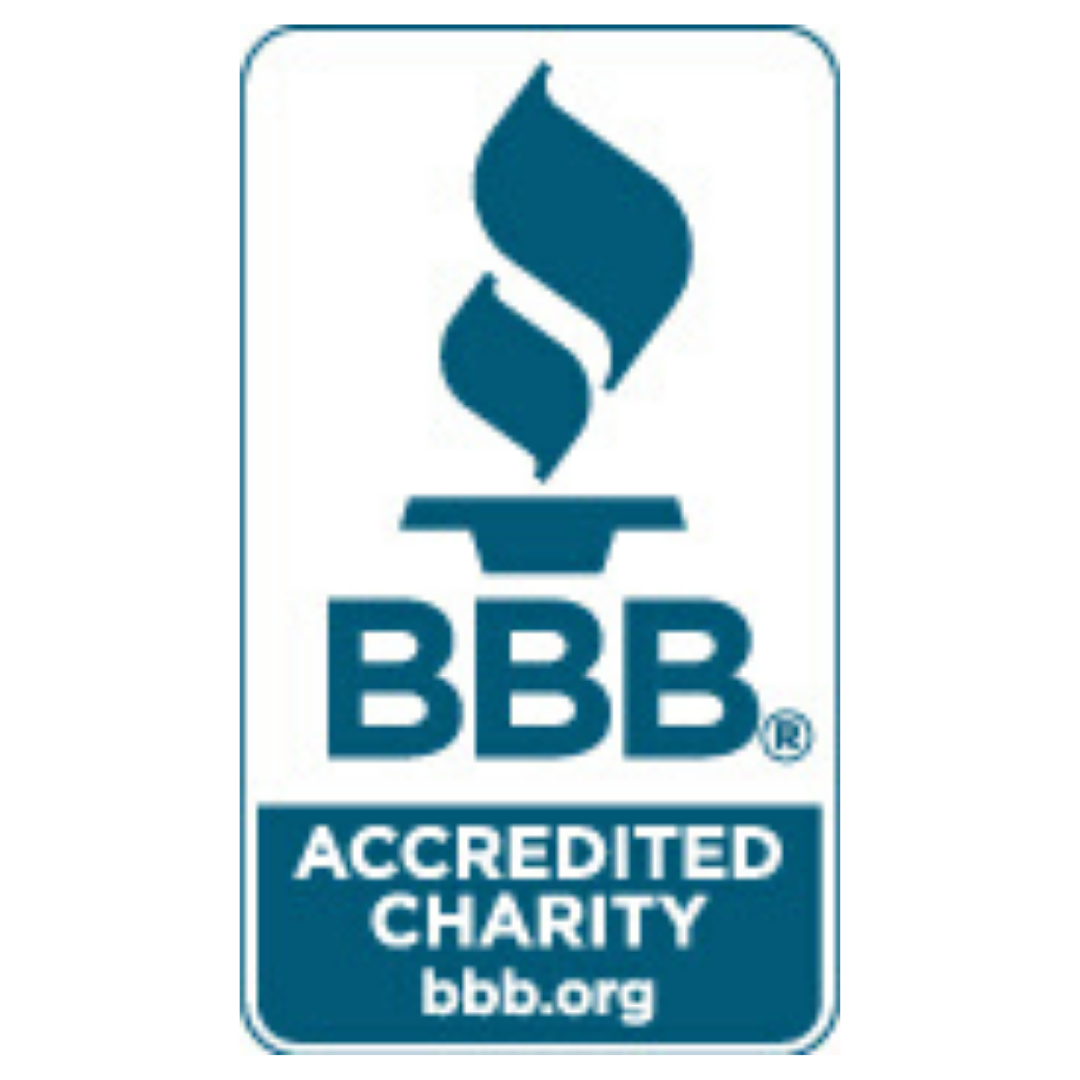We're excited to introduce Moment of Discovery, a new blog series in which graduate students,…
Welcome to the second installment of Moment of Discovery, a new blog series in which graduate students, alums, educators, and other community members share a moment that sparked curiosity, formed new connections, and fostered growth — both for themselves and for the students they teach. We encourage you to enjoy this and upcoming posts, and to share your own #MomentOfDiscovery with us on Facebook, Twitter, and Instagram!
Author: Kyleen Ellingsen
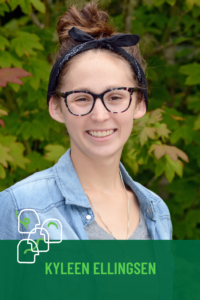
Kyleen Ellingsen
It was my second full day with the 5th graders in Team Bog. We had tasted plants around the garden; discovered “magical” purple beans; and gathered herbs, vegetables, and fruit for our “communi-tea” and Soil to Snack project.
During Soil to Snack, we worked together to craft edibles (potatoes and leeks) from the soil into delicious snacks (a warming soup). While our soup brewed, students harvested shiso for the winter. With fourteen students working together, we finished quickly. Afterwards, the students’ attention was immediately brought back to the purple beans on the other side of the garden.
There was no stopping them, whether I wanted to or not.
In order to gather the group’s attention before all the precious beans were carefully stashed away in pockets, I spontaneously grabbed the garden’s bee cards.
I brought the cards over to a small group of students who were sitting on tree stumps in front of the beehive. As someone with anxiety around bees, I feel that honeybees are even more magical than the glorious purple beans that had engulfed the students’ attention.
As I walked over to the small group of students, I asked, “Do you know what this is a picture of?”
One of the students, Aaron*, began to answer my question with excitement and knowledge, so I asked him, “What else can you tell us?” To my surprise, he began teaching the small group about the magic of honeybees. The students nearby were captivated, and students from afar began to migrate over to hear what Aaron was saying.
In order to keep the students’ attention, I flipped through the bee cards, showcasing baby bees, queen bees, baby queen bees, drones, worker bees, the exchange of pollen, the preservation of nectar, the relocation of entire colonies, and more.
Before we knew it, the entire group had joined us by the beehive and we had reached a point where Aaron and I no longer knew the answers to their questions. Students began grabbing bee cards and worked together to read the back and share the information they discovered with the rest of the group. When Garden Educator (and resident bee expert), Jen Prodzinski, arrived to let us know our soup was ready, no one wanted to get up. We still had so many questions.
Jen was gracious enough to sit down with us and provide answers to our wonderings. Wonderings that I had never even wondered myself, even as someone mesmerized by honeybees. Together, we gained a respect for honeybees and their hard work and dedication.
Eventually, we found an appropriate stopping point, and moved over to the garden kitchen table to enjoy a snack. Aaron, who had been fairly removed from the hustle and bustle of the group before now, volunteered to hand deliver dessert to everyone.
Before long, our time in the garden had to come to an end. How could we end our time here strong?
I asked the students to sit on the logs in the garden, and plopped down in front of them. “This garden has given so much to us: knowledge, food, excitement, and the magic purple beans. The act of showing appreciation and giving back to the garden is called stewardship. We were stewards earlier today when we prepared the harvested shiso for winter. We can continue to be stewards by thinking about how to give the future students of this garden the same experience we had.”

Kyleen works with students to prepare food in the garden.
At this point in the talk, students might have guessed that I was about to mention the heaps of purple beans in their pockets. “The beans won’t be in season here the whole year. Future students won’t have any bean stalks to pick from, but we can still give them a bean for their pocket if we harvest the beans and save them for later.” I offered students the opportunity to be good stewards – keeping what they thought would be an appropriate number of beans and leaving the rest on the table for future students to enjoy. The choice was purely theirs, and together, they came up with a solution for an ethical number of beans to take with them.
As we hoisted our backpacks onto our backs and walked through the garden gates, we felt proud, fulfilled, and bonded as a community. The experience that Team Bog had shared in just two short hours was one of wonder, exploration, empathy, and choice.
Students chose what foods would go into their communi-tea and potato leek soup. They chose their jobs in preparing the snack. They chose where they wanted to spend their time as the soup cooked. They chose to ask the questions they were wondering about. They chose to compassionately pass out dessert to their peers. They chose to give back and be stewards of the space.
When students are given the emotional and physical space to interact with their environment and reflect upon how they’re connected to it, they become more engaged, and their passion for learning is lit.
*Name has been changed
Kyleen Ellingsen is a student in the IslandWood Graduate Program in Education for Environment and Community. Learn more about the program here.



